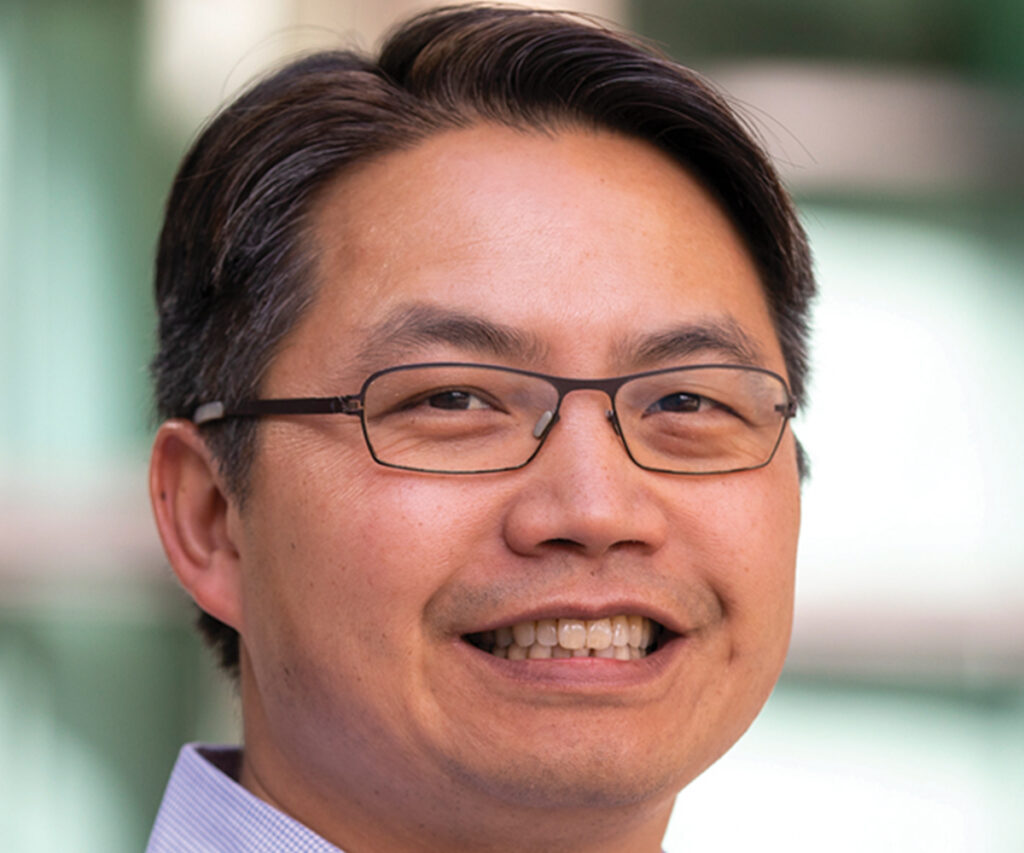
Cancer-associated fibroblasts (CAFs) are integral to the tumor microenvironment, but were long considered to be pretty uniform in nature and involved solely in the production of proteins for the extracellular matrix—or the stuffing between cells. But it is now clear that CAFs are far more active and complex constituents of tumors and display a variety of phenotypes, or functional states. Researchers co-led by Ludwig Stanford’s Howard Chang probed CAF heterogeneity using a “multi-omics” approach examining chromatin accessibility and gene expression in single cells in relation to their spatial distributions in tumors and integrating these data to identify distinct phenotypic subtypes of CAFs in mice and in human tumors. Howard and his colleagues identified three phenotypic superclusters of CAFs that they call steady state-like, mechanoresponsive, and immunomodulatory CAFs. These clusters, they reported in a November issue of Cancer Cell, are recapitulated across multiple tissue types and species. Immune checkpoint blockade therapy or disruption of underlying mechanical force induces shifts in CAF subpopulation distributions that influence tumor growth. The researchers suggest that tweaking the balance of CAF superclusters could be a novel strategy for cancer therapy and identify regulatory pathways responsible for distinct CAF phenotypes that point to potential therapeutic targets.
Multiomic analysis reveals conservation of cancer-associated fibroblast phenotypes across species and tissue of origin
Cancer Cell, 2022, November 14